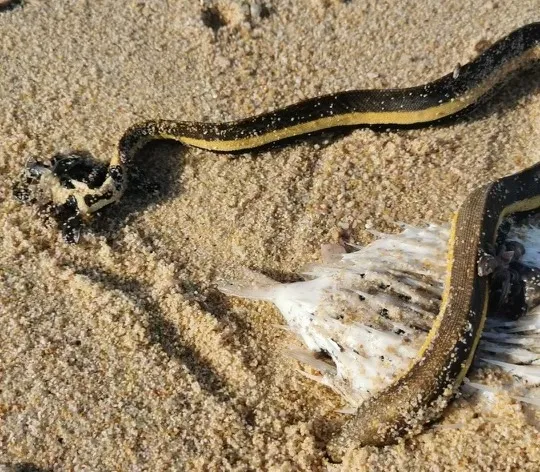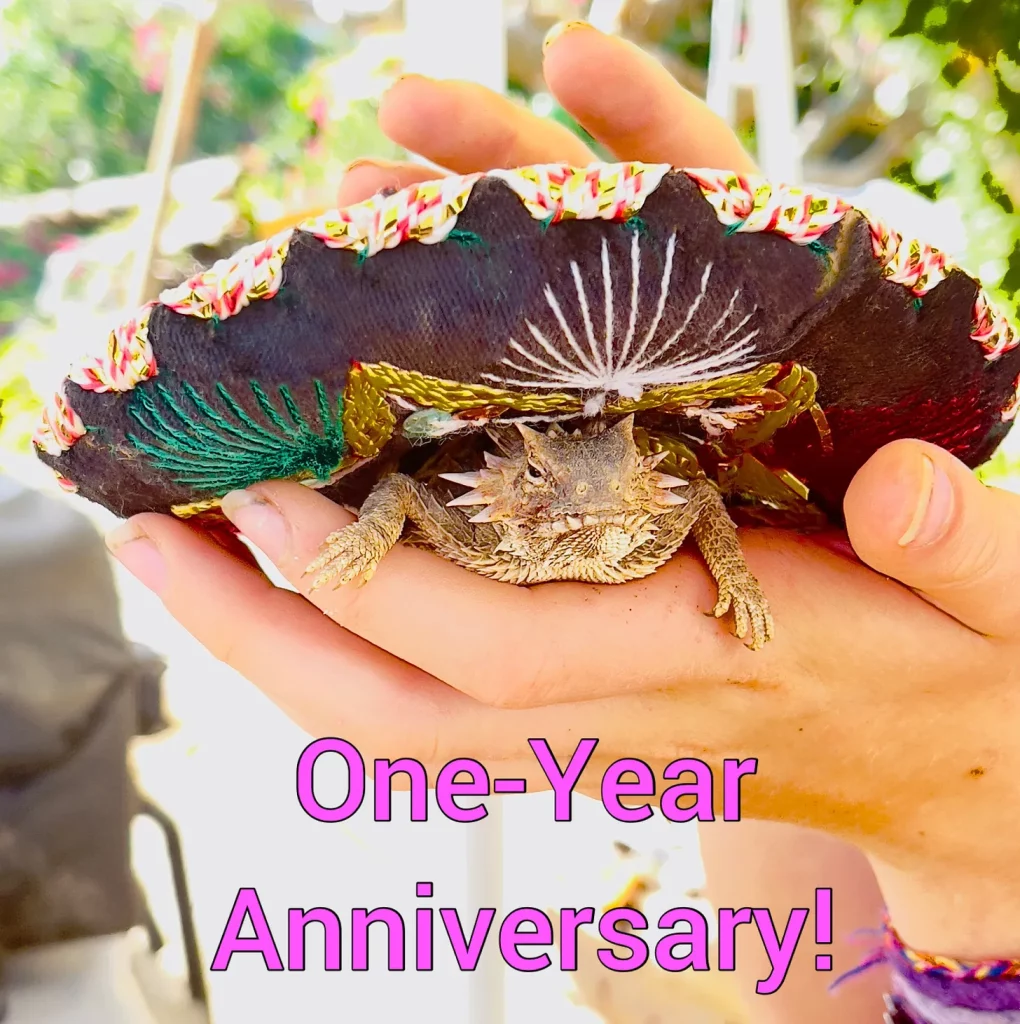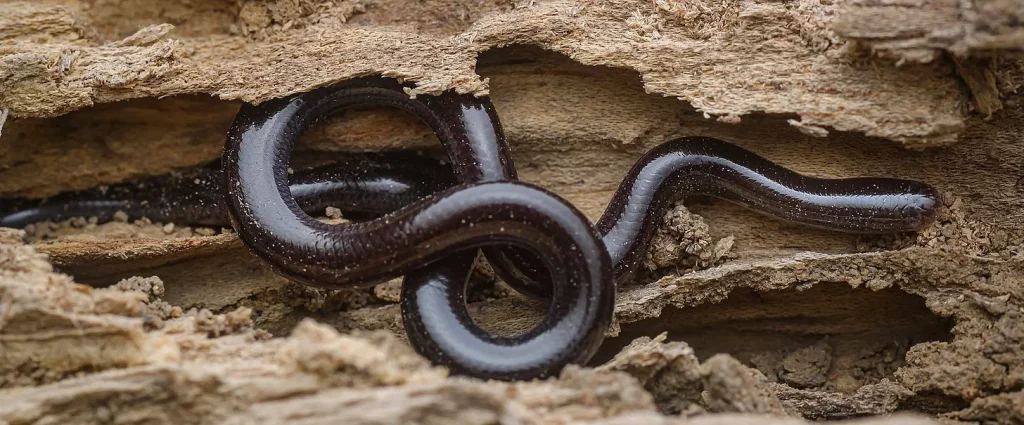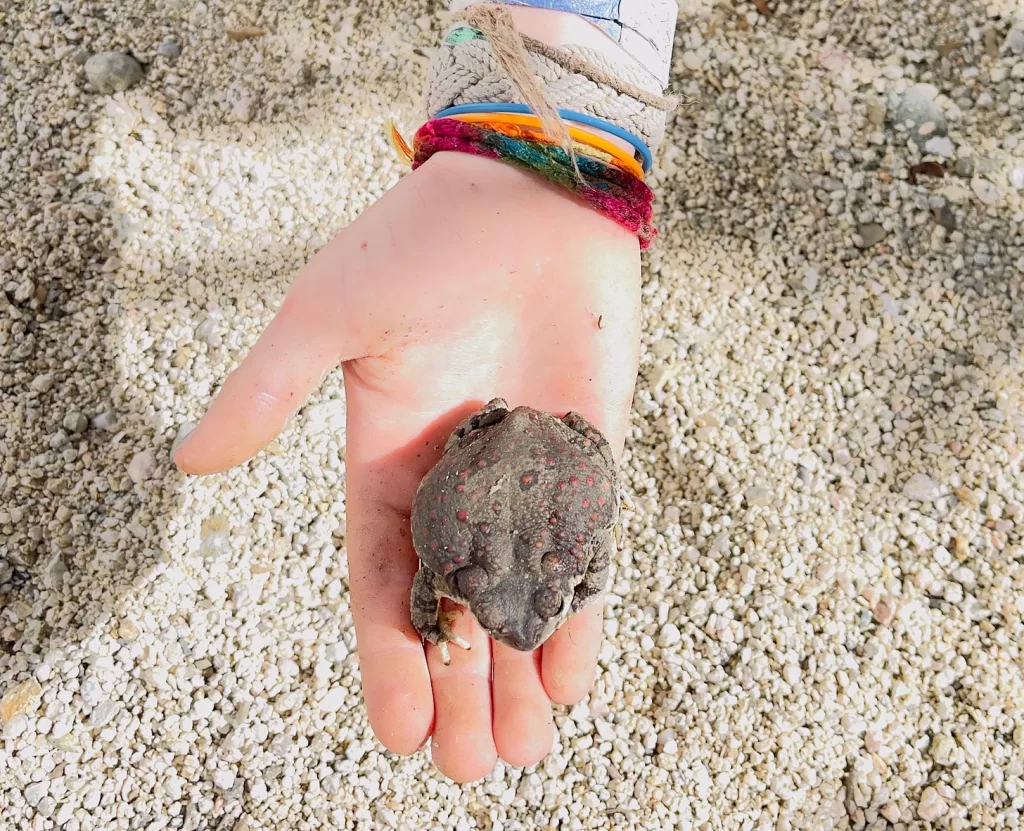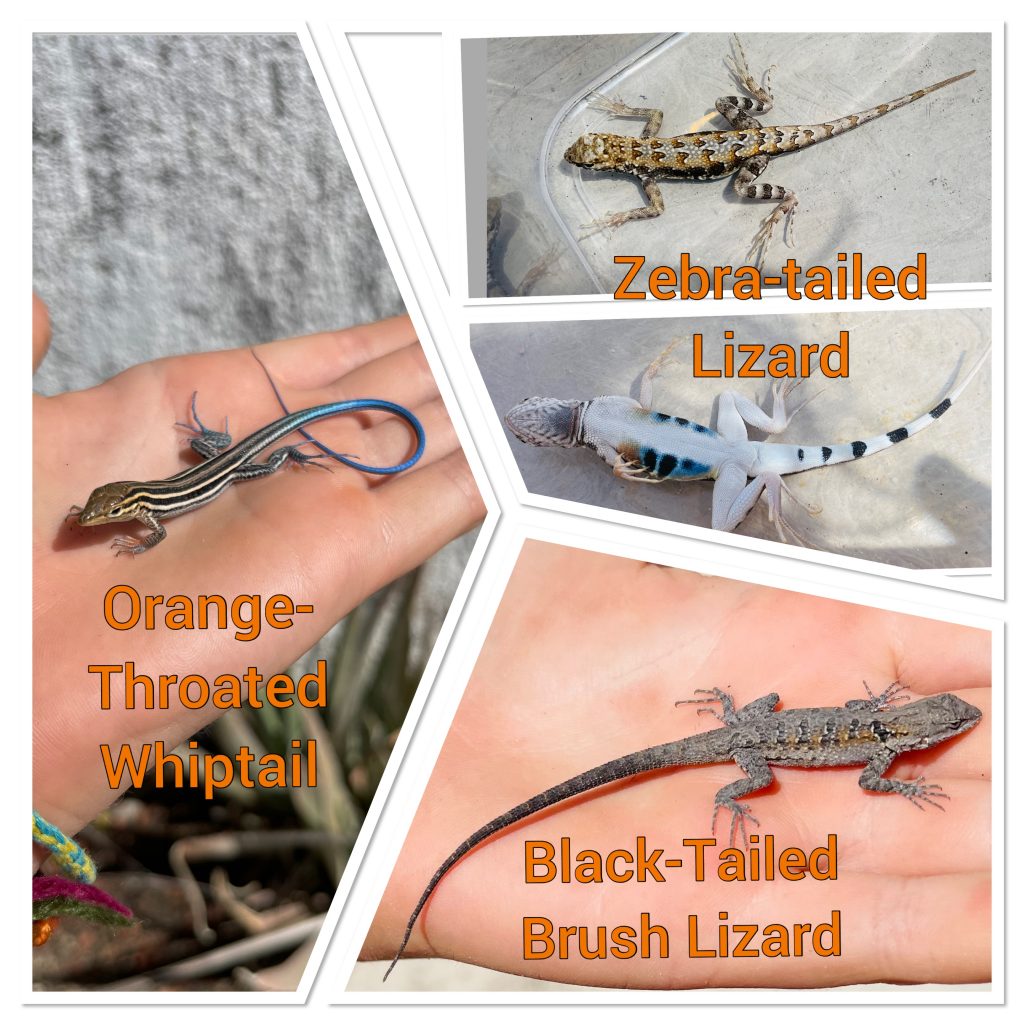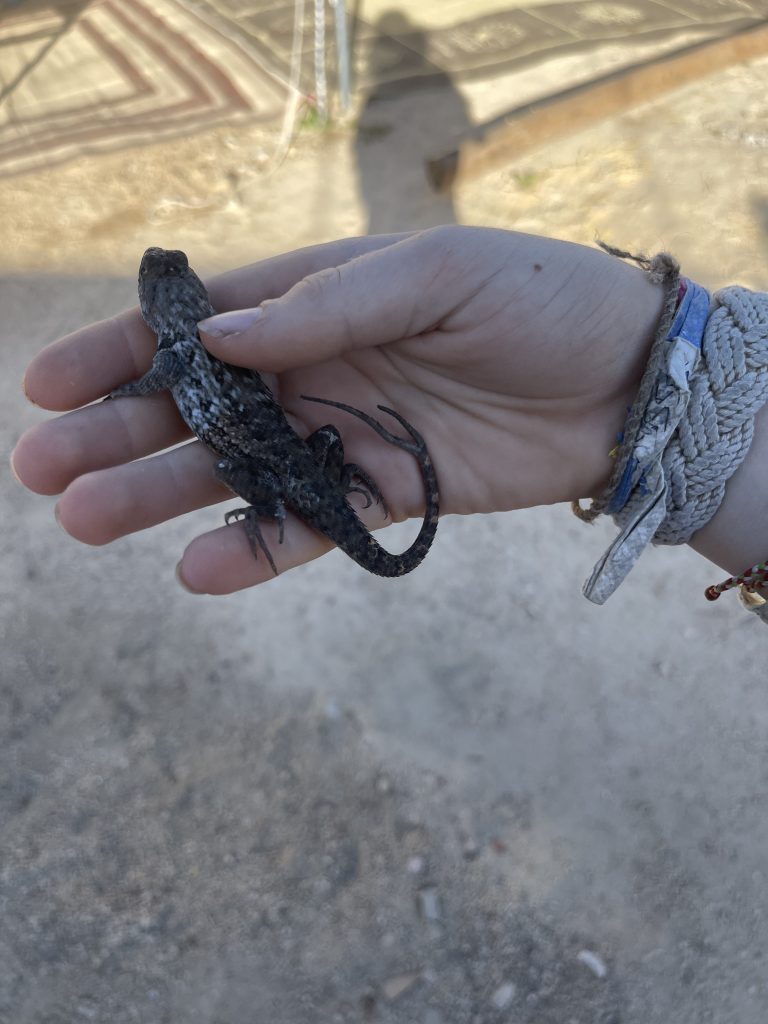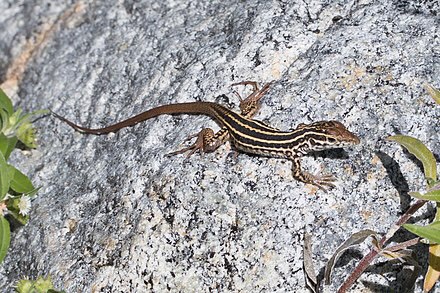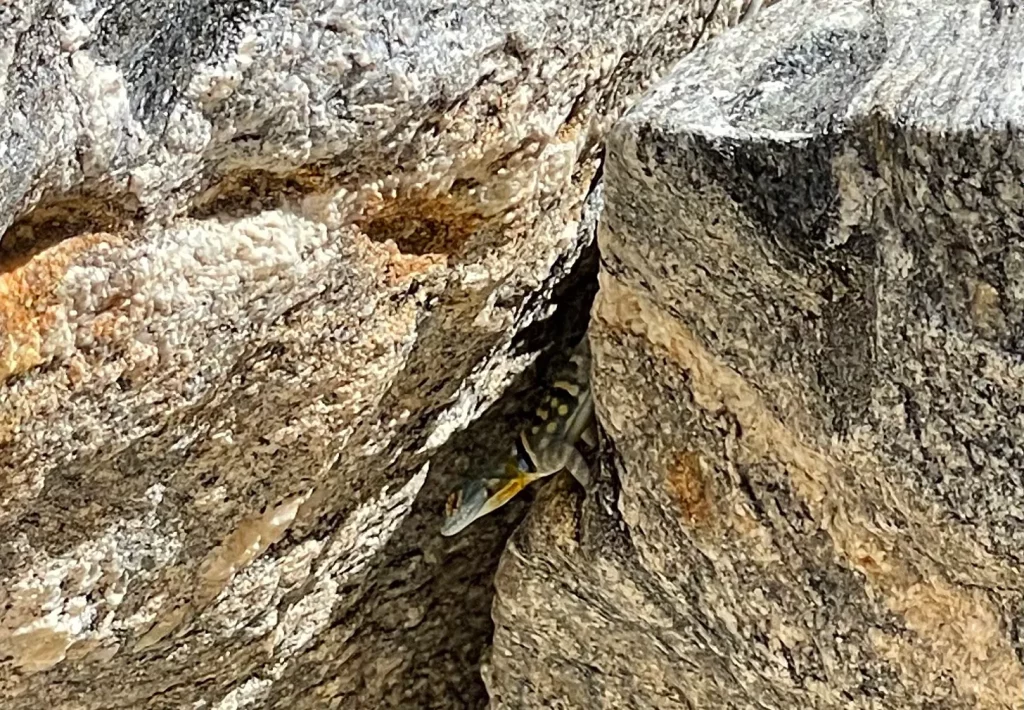
Today’s reptile spotlight features the San Lucan Rock Lizard (Petrosaurus thalassinus), a beautiful and skittish lizard that always seems to keep a distance from humans, posing with a superior aura, somewhat like many celebrities.
San Lucan Rock Lizards are some of the most striking lizards in Baja, without a doubt, with their beautiful blue collars and vibrant splotches. They love hanging out on large rocks and boulders in arroyos and along hillsides. Although they mostly inhabit higher elevations, they can be found in the hills above La Ventana on occasion. They are very fast and, though some are a bit more laid back, most usually never let you get within 10 feet of them; again, like some celebrities.
These fascinating lizards primarily eat bugs, although sometimes leaves, fruits, seeds and even smaller lizards are eaten. In my experience, if you want to see a a rock lizard, they are very abundant along the riverbanks of the active arroyos near Santiago BCS, and that is where I took this photo. If you want to talk or walk reptiles, email ChanceStevens123@icloud.com
